High Precision
• It has a low offset voltage of typically 50 μV, which ensures accurate amplification of small – signal differences, making it suitable for applications requiring high measurement accuracy, such as in precision measurement equipment and sensor signal conditioning.
High CMRR
• The common – mode rejection ratio (CMRR) is as high as 120 dB at 60 Hz. This strong ability to suppress common – mode signals allows the amplifier to effectively extract the differential signal from the noisy environment, improving the signal – to – noise ratio of the system.
Wide Bandwidth
• It has a bandwidth of 1 MHz, which can handle a relatively wide range of signal frequencies. It is suitable for amplifying signals with different frequencies, including some high – frequency dynamic signals.
Adjustable Gain
• The gain of the INA128PA can be adjusted by an external resistor. The gain range is from 1 to 1000, which provides flexibility for different application requirements. Users can set the appropriate gain according to the specific signal level and measurement requirements.
Low Noise
• The device has low noise characteristics, with a typical input voltage noise density of 32 nV/√Hz. This helps to minimize the impact of noise on the amplified signal, ensuring the quality of the output signal.
Single – Supply Operation
• It can operate from a single – supply voltage ranging from 4.5 V to 36 V, or from dual – supply voltages ranging from ± 2.25 V to ± 18 V. This wide supply voltage range makes it easy to adapt to different power supply systems and simplifies the circuit design.


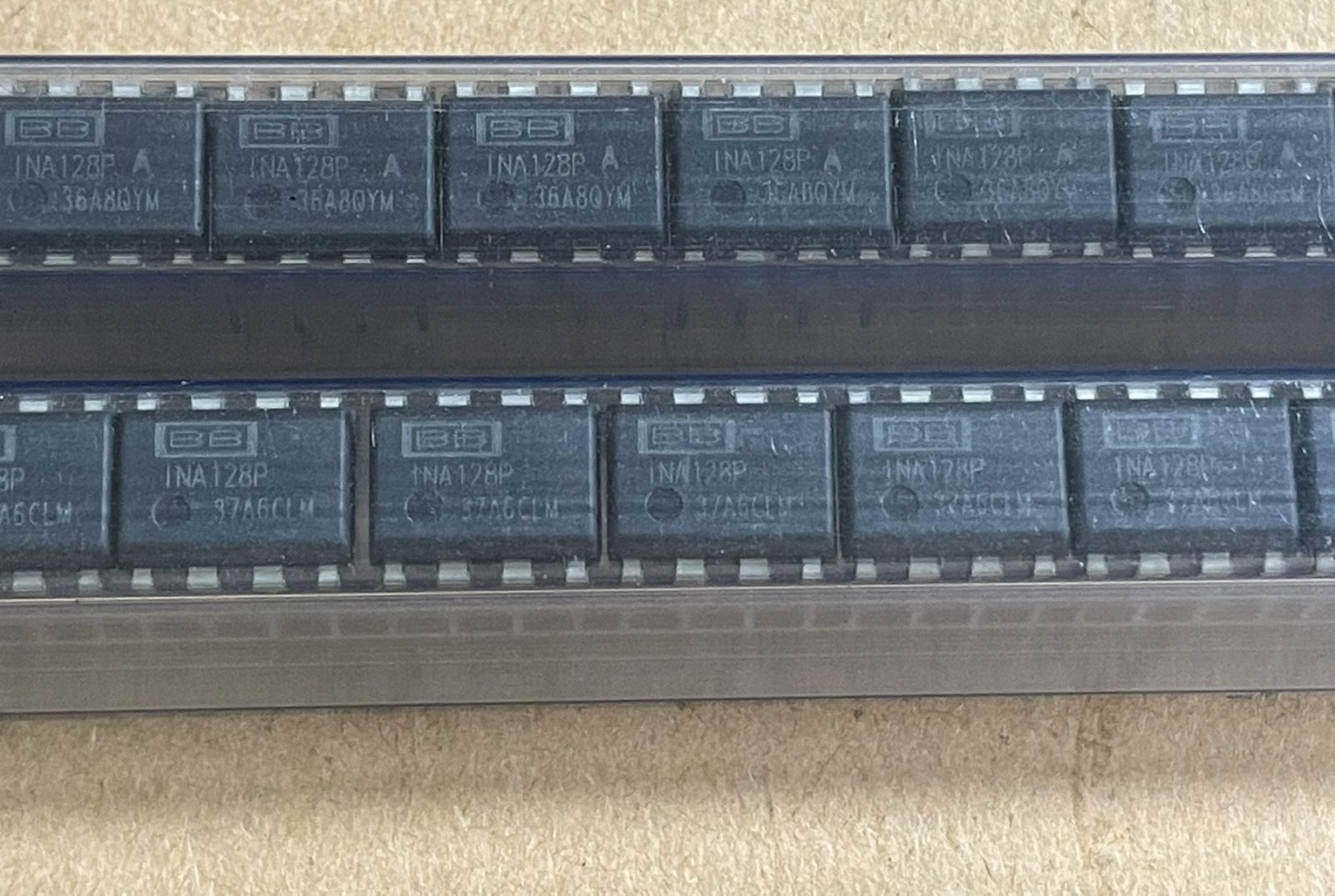

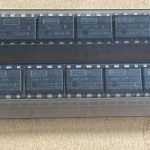





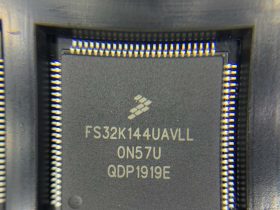
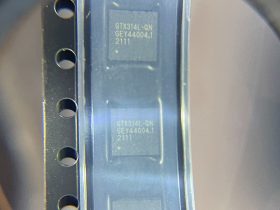




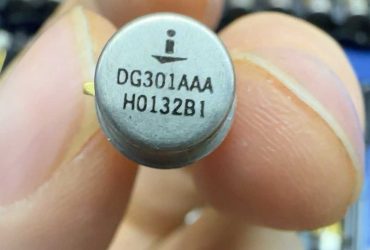

Leave a Reply